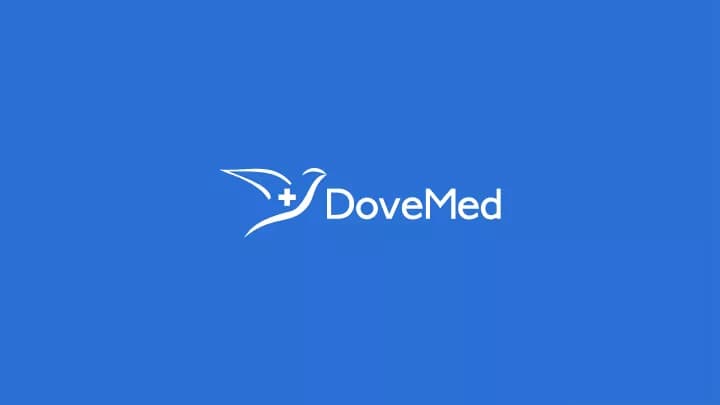Introduction:
Doppler renal assessment is a valuable imaging technique used to evaluate the blood flow within the renal arteries and veins. This comprehensive article aims to provide an in-depth overview of Doppler renal assessment, including imaging protocols and interpretation of the obtained results. Understanding the techniques and interpreting the findings can aid in the diagnosis and management of various renal conditions.
Doppler Ultrasound in Renal Assessment:
Doppler ultrasound plays a crucial role in assessing renal blood flow and identifying abnormalities within the renal vasculature. It provides information about renal artery stenosis, renal parenchymal perfusion, and venous flow patterns. Doppler assessment aids in the diagnosis of conditions such as renal artery stenosis, renal parenchymal disease, and renal vein thrombosis.
Protocols for Doppler Renal Assessment:
- Patient Preparation: Ensuring patient comfort, positioning, and understanding of the procedure.
- Transducer Selection: Choosing an appropriate transducer frequency based on the depth and location of the renal vessels.
- Scanning Technique: Systematic scanning of the renal arteries, including the main renal artery, segmental arteries, and intrarenal arteries.
- Doppler Settings: Optimizing Doppler settings, including pulse repetition frequency (PRF), gain, and filter settings, to obtain clear and accurate Doppler signals.
- Vascular Parameters: Measurement of renal artery velocities, calculation of resistive index, assessment of intrarenal waveforms, and evaluation of venous flow patterns.
Interpretation of Doppler Findings:
Interpreting Doppler findings in renal assessment involves analyzing the blood flow patterns and parameters obtained from the renal vasculature. Key aspects include:
- Renal Artery Stenosis: Assessing the degree of stenosis, evaluating the resistive index, and identifying collateral circulation.
- Renal Parenchymal Disease: Analyzing intrarenal waveforms, evaluating renal perfusion, and assessing for signs of chronic kidney disease.
- Renal Vein Thrombosis: Detecting the presence of thrombi within the renal veins and assessing venous flow patterns.
Clinical Significance and Applications:
Doppler renal assessment has various clinical applications, including:
- Diagnosis of Renal Artery Stenosis: Identifying the presence and severity of renal artery narrowing, which can contribute to hypertension and renal dysfunction.
- Evaluation of Renal Parenchymal Disease: Assessing renal perfusion, detecting parenchymal abnormalities, and monitoring the progression of kidney disease.
- Assessment of Renal Transplants: Evaluating blood flow to transplanted kidneys, monitoring for transplant rejection, and identifying vascular complications.
- Follow-up Monitoring: Tracking disease progression, evaluating treatment response, and detecting potential complications in renal disorders.
Conclusion:
Doppler renal assessment is a valuable tool in the evaluation of renal vasculature and renal parenchymal perfusion. By following standardized protocols and accurately interpreting Doppler results, clinicians can make informed decisions regarding the diagnosis, treatment, and management of various renal conditions. This contributes to improved patient outcomes and enhanced quality of care.
Hashtags: #DopplerUltrasound #RenalAssessment #RenalArteryStenosis #RenalParenchymalDisease #RenalVeinThrombosis
Related Articles
Test Your Knowledge
Asked by users
Related Centers
Related Specialties
Related Physicians
Related Procedures
Related Resources
Join DoveHubs
and connect with fellow professionals




0 Comments
Please log in to post a comment.